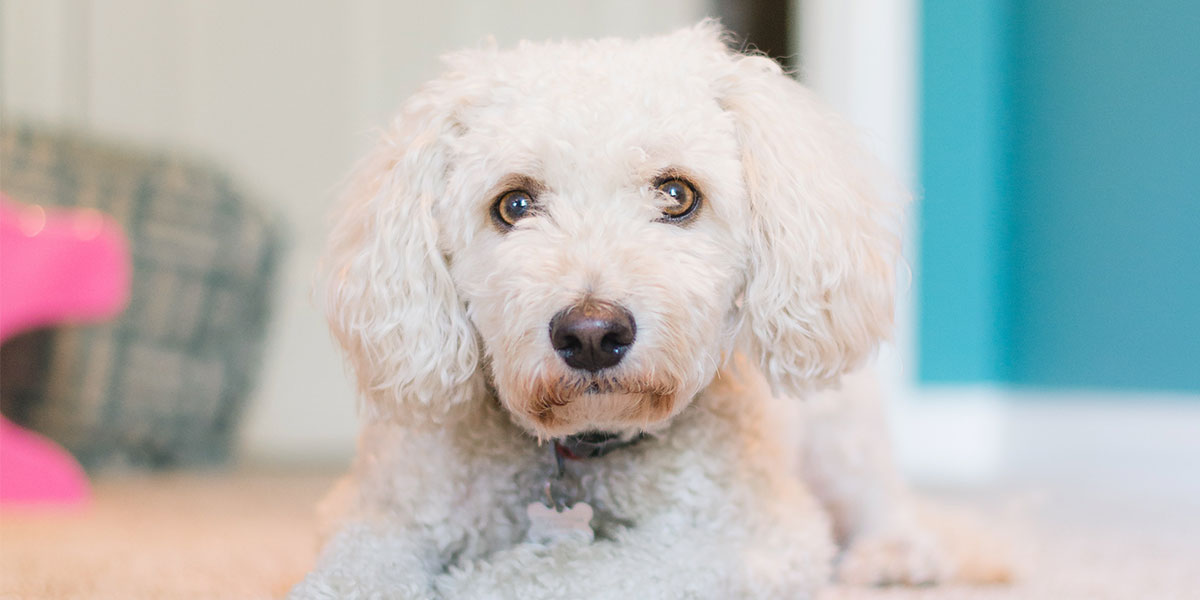Taking too long? Close loading screen.

January 18th
Not too long ago, people didn’t think twice about tossing their pork chop bones on the floor for their dog to gnaw on. But as it turns out, that’s not necessarily safe for your pooch.
While today’s dogs are descended from wolves that didn’t think twice about snapping through a couple bones, dogs are still very different creatures from their ancestors—and today’s pet owners are more and more conscious of whether or not Fido really needs that bone.
Dogs need a far greater amount of calcium in their diets than humans, and bones are the most readily available source of calcium. Chewing bones also stimulates enzymes in your dog’s saliva that helps stop plaque buildup and prevent gum diseases, and dogs with a bone to occupy them are less likely to lick his paws or scratch excessively.
Of course, dog food contains all the calcium your pup needs to grow and thrive, without the mess or hassle of cleaning up shards of broken bones every time your pooch needs his calcium fix.
Although dog food is certainly easier than keeping your fridge stocked with bones, that still doesn’t answer the question of can you give bones to your dog?
First of all, not all bones are created equal. Second of all, the jury is still out on which bones—if any—are safe for dogs to eat, and opinions vary from vet to vet.
For starters, avoid cooked bones of all kinds. These types of bones can easily splinter into small pieces that pose a serious threat to your dog, both from choking and cuts to their mouth. Besides that, cooking removes many of the vital nutrients from bones, which sort of defeats the purpose.
The “safest” bones to give your dog are raw chicken wings, necks and backs, and young, flat rib bones from cows or sheep. Remember, raw only!
The best time to give your dog a bone is following a meal, so that your dog is full already and doesn’t eat the entire thing in one go. Take the bone away after 10-15 minutes and put it in the refrigerator, remembering to toss it out after 3-4 days.
Bigger dogs (like standard Goldendoodles and Labradoodles) should be given bigger bones—longer than the length of your dog’s muzzle—to make it impossible for your pooch to swallow whole. Because of their size and shape, beef shank bones fit this description perfectly.
Regardless of how small or big your dog is, supervision is key. Always check up on your dog to make sure he or she is alright!
Also bear in mind that, even with the best intentions, many vets disagree on the topic of bone-chewing, with some advising dog owners to play it safe by only providing commercial chew toys that are designed to be safer for pets.
Whether you decide to give your dog bones or not is up to you—whether you own a Labradoodle or a Goldendoodle, just be sure to play it safe to keep your pooch healthy and happy!
And if you’re stocked full of bones with no dog to chew them, why not take a look at our puppy finder to find your perfect pooch?
Find the Perfect Puppy